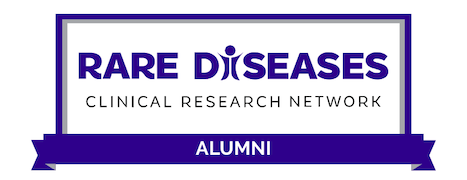What is segmental, multifocal, and generalized dystonia?
Dystonia is a condition in which muscles contract by themselves, and they often contract too much. When dystonia affects a limited region of the body, it is called focal dystonia. Examples include cervical dystonia (neck), blepharospasm (eyes), spasmodic dysphonia (voice), and limb dystonia (arm or leg). Each of these is described above. In some people, dystonia may occur in more than one region. When dystonia affects two regions of the body that are next to each other, it is called segmental dystonia. An example might be cervical dystonia combined with the arm. When it affects two regions of the body that are not next to each other, it is called multifocal dystonia. An example here might be cervical dystonia and one foot. When it affects many regions of the body, it is known as generalized dystonia.
Who gets segmental, multifocal and generalized dystonia?
These disorders occur in both males and females of all ages and in all races all over the world. Segmental and multifocal dystonia often start as focal dystonia first, followed by spread to another body region over a period of months or years. Generalized dystonia also usually starts in one body region, and then spreads to several other regions. It occurs more commonly in children than adults.
What causes segmental, multifocal, and generalized dystonia?
These problems have many different causes. Some people inherit a gene that causes dystonia. Others may develop these disorders because of something that happened to the brain, like exposure to birth injury, infection, or chemical.
How is segmental, multifocal, and generalized dystonia diagnosed?
The diagnosis of these problems depends on recognition of its characteristic features by an expert, such as a neurologist or developmentalist. A cause can sometimes be confirmed by a brain scan, blood tests, or other special tests.
Are there treatments for segmental, multifocal, or generalized dystonia?
These problems are often treated with injections of muscle relaxers known as botulinum toxins into the most troublesome muscles. Some patients also take medications or go for brain surgery.

